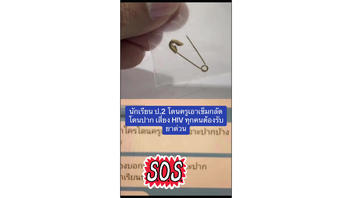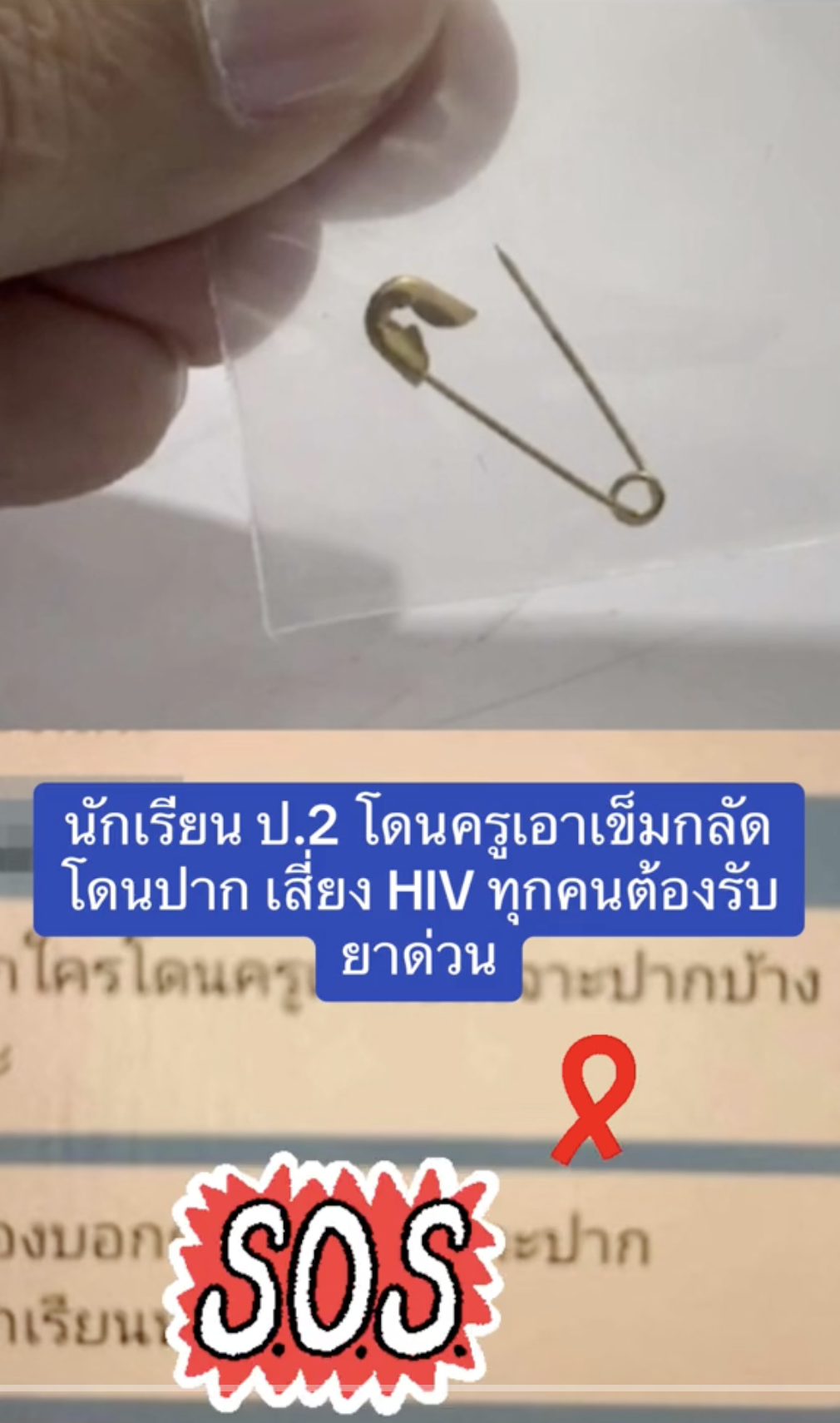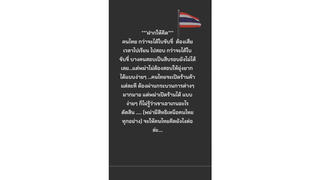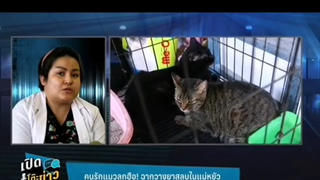
Do you need to wait three days after an injury involving a contaminated needle before seeking treatment, and is HIV the only potential transmission concern? No, that's not true: If you sustain injuries from a used or contaminated needle that results in bleeding, it is crucial to consult a doctor immediately for a blood-borne test. Contaminated sharps pose risks beyond HIV, as viruses such as hepatitis B, hepatitis C and HIV in the blood can be transmitted to others through contact, cuts or injections.
The claim appeared in a video (archived here) on TikTok by the @sparkupdate account on January 26, 2024, under the title (translated from Thai to English by Lead Stories staff): "Grade 2 students who had a teacher put a pin in their mouth faced an HIV risk. Everyone must receive drugs urgently." The video said (as translated):
The president of an elementary school told student's parents:After students get needled injuries, wait three days, and they will take injured students to be examined in the hospital.
This is what the post looked like on TikTok at the time of writing:

(Source: TikTok screenshot taken on Thu Feb 1 22:55:27 2024 UTC)
This comes in the wake of a widely circulated news article (archived here) titled "Teacher Administers Punishment to 36 Second-Graders Using a Safety Pin," on January 26, 2024, in Thailand. It is not recommended that parents wait three days and observe symptoms before sending children for medical testing. Instead, it is advisable to promptly seek medical attention to ensure timely evaluation and appropriate testing, as waiting for symptoms to manifest may lead to delayed medical intervention and compromise the students' well-being.
According to the Centers for Disease Control and Prevention (archived here), if a patient sustains an injury in the mucous membranes, particularly in the mouth, from a sharp object, it is crucial to promptly and thoroughly rinse the wound area multiple times with saline or clean water. Subsequently, seek medical attention to assess the potential risks associated with the exposure. Report instances of exposure to blood and body fluids promptly, as they pose a risk of infection.
The primary risk linked to a sharps injury (archived here) is the potential exposure to infections, particularly blood-borne viruses (BBV). This danger arises when individuals come into contact with a needle or sharp object contaminated with body fluids or blood. The key blood-borne pathogens of concern (archived here) include the hepatitis B virus (HBV), hepatitis C virus (HCV) and human immunodeficiency virus (HIV).










